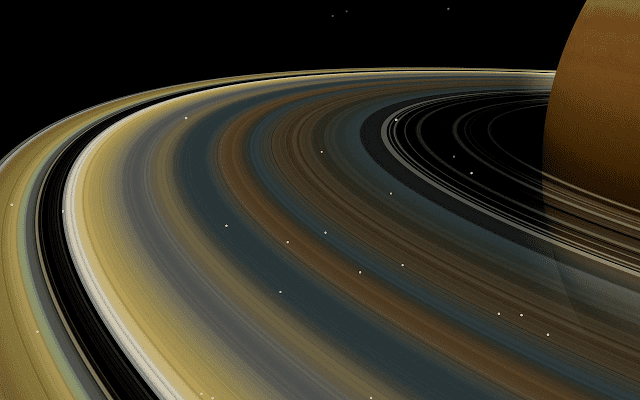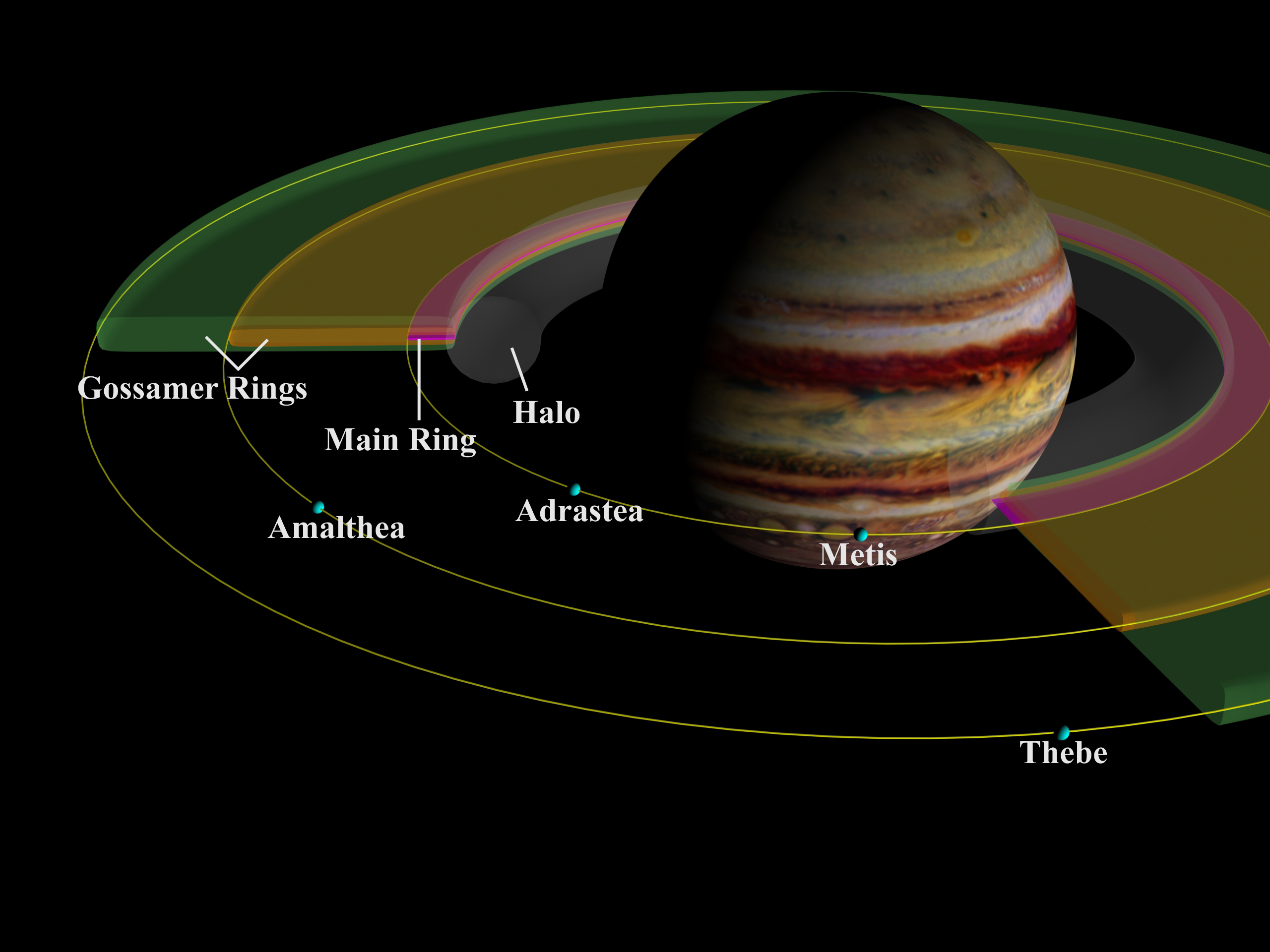That’s right, there exists a planet that appears to be one giant diamond. 55 Cancri e was discovered in 2004, orbiting a nearby star in our galaxy. This star is actually visible to the naked eye in the night sky and is a part of the constellation Cancer. Based on its mass, radius, and host star’s composition, it is now believed that this star is made up of mainly carbon (along with iron, silicon carbine, and potentially silicates). This carbon is in the form of diamond and graphite, making at least one third of the planet’s mass pure diamond. This is the first “diamond planet” to be found around a sun-like star, making it a very interesting discovery. This type of planet is extremely different from Earth, which has an oxygen rich interior and very little carbon. 55 Cancri e is a super-Earth, meaning it is twice as wide but with a mass eight times greater. It also orbits its host star in just 18 hours, as opposed to Earth’s 365 days. The reason for this speedy orbit is its close proximity to its star, making the planet so hot it would not be able to sustain life. Unfortunately, we will likely not be living on a huge diamond any time soon. Personally, I think that would have been very cool, though it would have likely made diamonds worth effectively nothing. Regardless, the next time you see a massive celebrity engagement ring, just know that it’s nothing compared to 55 Cancri e. If they were really cool, they’d find a way to buy a whole diamond planet.
January 2026 S M T W T F S 1 2 3 4 5 6 7 8 9 10 11 12 13 14 15 16 17 18 19 20 21 22 23 24 25 26 27 28 29 30 31 Archives
- December 2024
- November 2024
- October 2024
- September 2024
- August 2024
- April 2024
- March 2024
- February 2024
- January 2024
- May 2023
- April 2023
- March 2023
- February 2023
- January 2023
- May 2022
- April 2022
- March 2022
- February 2022
- January 2022
- May 2021
- April 2021
- March 2021
- February 2021
- January 2021
- April 2020
- March 2020
- February 2020
- January 2020
- May 2019
- April 2019
- March 2019
- February 2019
- January 2019
- May 2018
- April 2018
- March 2018
- February 2018
- January 2018
- July 2017
- May 2017
- April 2017
- March 2017
- February 2017
- January 2017
- May 2016
- April 2016
- March 2016
- February 2016
- January 2016
- April 2015
- March 2015
- February 2015
- January 2015
- April 2014
- March 2014
- February 2014
- January 2014
- May 2013
- April 2013
- March 2013
- February 2013
- January 2013
- April 2012
- March 2012
- February 2012
Currently Used Categories
Tag Cloud
- astro201
- astro2110
- astrobiology
- astronomy
- blog1
- blog2
- blog3
- blog4
- blog5
- blog6
- blog7
- blog8
- blog9
- blog10
- brahe
- Class
- Comets
- Copernicus
- earth
- Europa
- extremophiles
- galilei
- galileo
- gravity
- history
- HW2
- HW6
- jupiter
- Kepler
- life
- Mars
- me
- Moon
- NASA
- Newton
- planets
- pluto
- saturn
- Solar System
- space
- technology
- telescopes
- tides
- Time
- Uncategorized








